Technical Bottlenecks and Future Trends in Earthquake Prediction
DOI: 10.23977/erej.2024.080118 | Downloads: 6 | Views: 83
Author(s)
Yi Han 1, Guojun Liu 2
Affiliation(s)
1 Beijing Earthquake Agency, Beijing, 100080, China
2 Shanxi Earthquake Agency, Taiyuan, 030021, China
Corresponding Author
Yi HanABSTRACT
Earthquake prediction, as an important topic in the field of earth science, has always received attention for its technological development. Currently, earthquake prediction technology has made significant progress, but still faces many technical bottlenecks. This article aims to comprehensively review the current status of earthquake prediction technology, deeply analyse its existing technical difficulties, and look forward to future development trends. At present, earthquake prediction technology has established a relatively complete earthquake monitoring system, which can monitor earthquake activity in real time and provide warning information. Due to the complexity and uncertainty of earthquake occurrence, the accuracy and timeliness of prediction are still greatly limited. Earthquake prediction is also constrained by various factors such as the layout of monitoring equipment, data processing capabilities, and accuracy of prediction models. In terms of technological bottlenecks, the coverage of earthquake monitoring networks still needs to be further expanded to improve their ability to capture seismic activity. The accuracy and reliability of earthquake prediction models urgently need to be improved to more accurately depict the process and mechanism of earthquake occurrence. The processing and analysis of large-scale seismic data also face enormous challenges, requiring the use of more advanced algorithms and computational techniques. The identification and interpretation of earthquake precursor signals is also a major challenge, requiring in-depth research on the inherent relationship between earthquake precursors and earthquake occurrence. This article will discuss these issues and propose corresponding suggestions. In short, the development of earthquake prediction technology still faces many challenges and opportunities. We need to continue to strengthen interdisciplinary cooperation and technological innovation, promote the continuous progress of earthquake prediction technology, and make greater contributions to reducing earthquake disaster losses.
KEYWORDS
Earthquake Prediction, Technical Bottlenecks, Future Trends, Data Sharing, Earthquake DisasterCITE THIS PAPER
Yi Han, Guojun Liu, Technical Bottlenecks and Future Trends in Earthquake Prediction. Environment, Resource and Ecology Journal (2024) Vol. 8: 144-151. DOI: http://dx.doi.org/10.23977/erej.2024.080118.
REFERENCES
[1] Cremen G, Galasso C. Earthquake early warning: Recent advances and perspectives. Earth-Science Reviews, 2020, 205: 103184.
[2] Nakamura Y, Saita J. The earthquake warning system: Today and tomorrow. Earthquake early warning systems, 2007: 249-281.
[3] Allen R M, Kanamori H. The potential for earthquake early warning in southern California. Science, 2003, 300(5620): 786-789.
[4] Böse M, Andrews J, O’Rourke C, et al. Testing the Shake Alert earthquake early warning system using synthesized earthquake sequences. Seismological Society of America, 2023, 94(1): 243-259.
[5] Vinnell L J, Tan M L, Prasanna R, et al. Knowledge, perceptions, and behavioural responses to earthquake early warning in Aotearoa. Frontiers in Communication, 2023, 8: 1229247.
[6] Wang Y, Li X, Wang Z, et al. Deep learning for magnitude prediction in earthquake early warning. Gondwana Research, 2023, 123: 164-173.
[7] Wang Y, Zhao Q, Qian K, et al. Cumulative absolute velocity prediction for earthquake early warning with deep learning. Computer‐Aided Civil and Infrastructure Engineering, 2023.
[8] Wang A, Li S, Lu J, et al. Prediction of PGA in earthquake early warning using a long short-term memory neural network. Geophysical Journal International, 2023, 234(1): 12-24.
[9] Chen F H, Shi H L, Tu J F. Development of Earthquake Detection and Warning System Based on Sensors. Sensors & Materials, 2023, 35.
| Downloads: | 3530 |
|---|---|
| Visits: | 180975 |
Sponsors, Associates, and Links
-
International Journal of Geological Resources and Geological Engineering
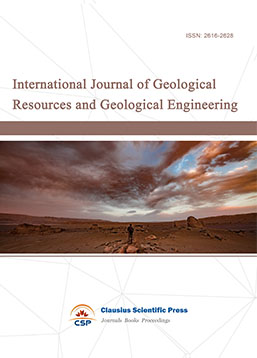
-
Big Geospatial Data and Data Science

-
Solid Earth and Space Physics

-
Environment and Climate Protection
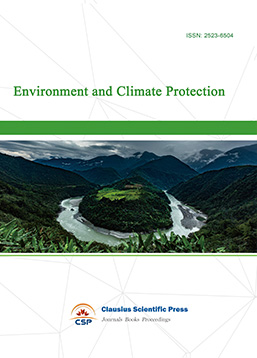
-
Journal of Cartography and Geographic Information Systems

-
Offshore and Polar Engineering

-
Physical and Human Geography
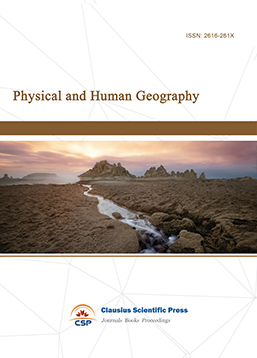
-
Journal of Atmospheric Physics and Atmospheric Environment
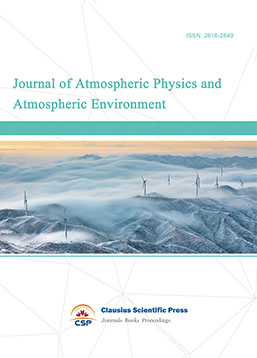
-
Trends in Meteorology

-
Journal of Coastal Engineering Research
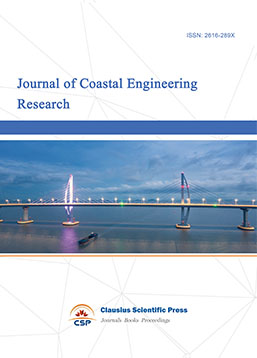
-
Focus on Plant Protection

-
Toxicology and Health of Environment

-
Geoscience and Remote Sensing
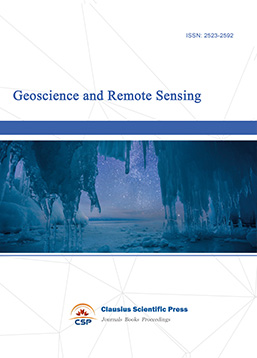
-
Advances in Physical Oceanography

-
Biology, Chemistry, and Geology in Marine

-
Water-Soil, Biological Environment and Energy

-
Geodesy and Geophysics

-
Journal of Structural and Quaternary Geology
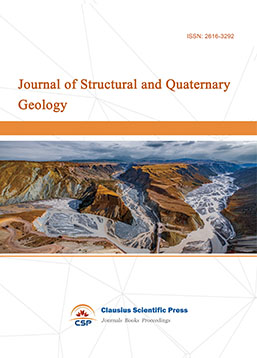
-
Journal of Sedimentary Geology

-
International Journal of Polar Social Research and Review


 Download as PDF
Download as PDF